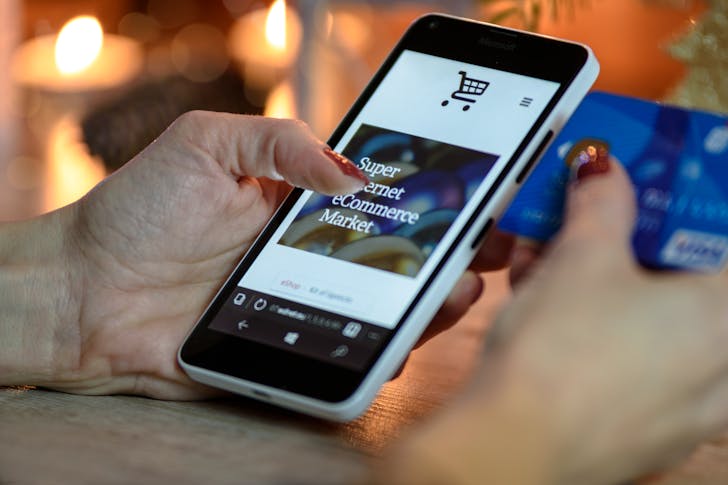Fake brands are everywhere these days, and they are getting sneakier by the second. Whether you are shopping online or strolling through a local market, spotting fake products can save you money – and a lot of headaches.
Here are five practical tips that will help you spot counterfeit goods right on the spot:
Be Wary of Third-Party Sites
The first rule of learning how to spot fake brands? Know where you are shopping. Many counterfeit goods come from shady third-party websites that mimic legit stores. If a site looks too good to be true – like that designer bag priced at 90% off – it probably is.

Note that scammers often create websites that look legit at a glance but lack the fine details of the real deal. A misspelled domain name or an unsecured checkout process (no padlock symbol in the browser) are major red flags.
Above all, trust your gut. If something feels off, it is better to click away than risk being scammed.
Look for Spelling Errors
You would be surprised how many fake brands give themselves away with sloppy mistakes. When learning how to spot a fake brand, take a close look at product descriptions, tags, and even packaging. Counterfeiters often rush their work, leaving behind glaring spelling errors, bad grammar, or awkward phrasing.
Real brands invest in quality, even in their tiniest details. If you see a “Gucci” label that says “Guchi” or instructions riddled with typos, you are likely dealing with a fake. Always inspect the fine print. Mistakes in language are a quick tell that something is not quite right.
Watch If the Logo Is Altered
Logos are a dead giveaway when spotting fake brands. Genuine brands pour millions into designing and protecting their logos so they are always sharp, clean, and consistent. A fake product often has a logo that is slightly “off.” It could be the wrong font, mismatched colors, or even a misspelled brand name.

If you notice anything weird, like blurry prints or misaligned designs, you are probably holding a knockoff. Fake brands rarely get this detail right.
Thoroughly Investigate the Seller
When figuring out how to spot fake brands, the seller’s reputation is key. If you are shopping online, dig into the seller’s profile. Do they have lots of reviews, or does their page look brand new? Shady sellers often have generic profiles, little feedback, and a sketchy backstory.
In physical stores, trust your instincts. If a seller dodges your questions about authenticity or refuses to provide receipts, that is a huge red flag. A legitimate seller has nothing to hide and will happily prove their products are the real deal.
See Reviews
Customer reviews are your best friend when learning how to spot fake brands. A quick search for reviews can reveal if a product or seller is trustworthy. Look for detailed feedback, not just glowing one-liners. Real reviews usually point out both the pros and cons, while fake ones sound robotic and overly positive.
Be cautious if a product has no reviews or only has five-star ratings. Counterfeit sellers often flood their listings with fake feedback to lure buyers. Cross-check reviews on multiple platforms, and if the comments do not add up, steer clear.




